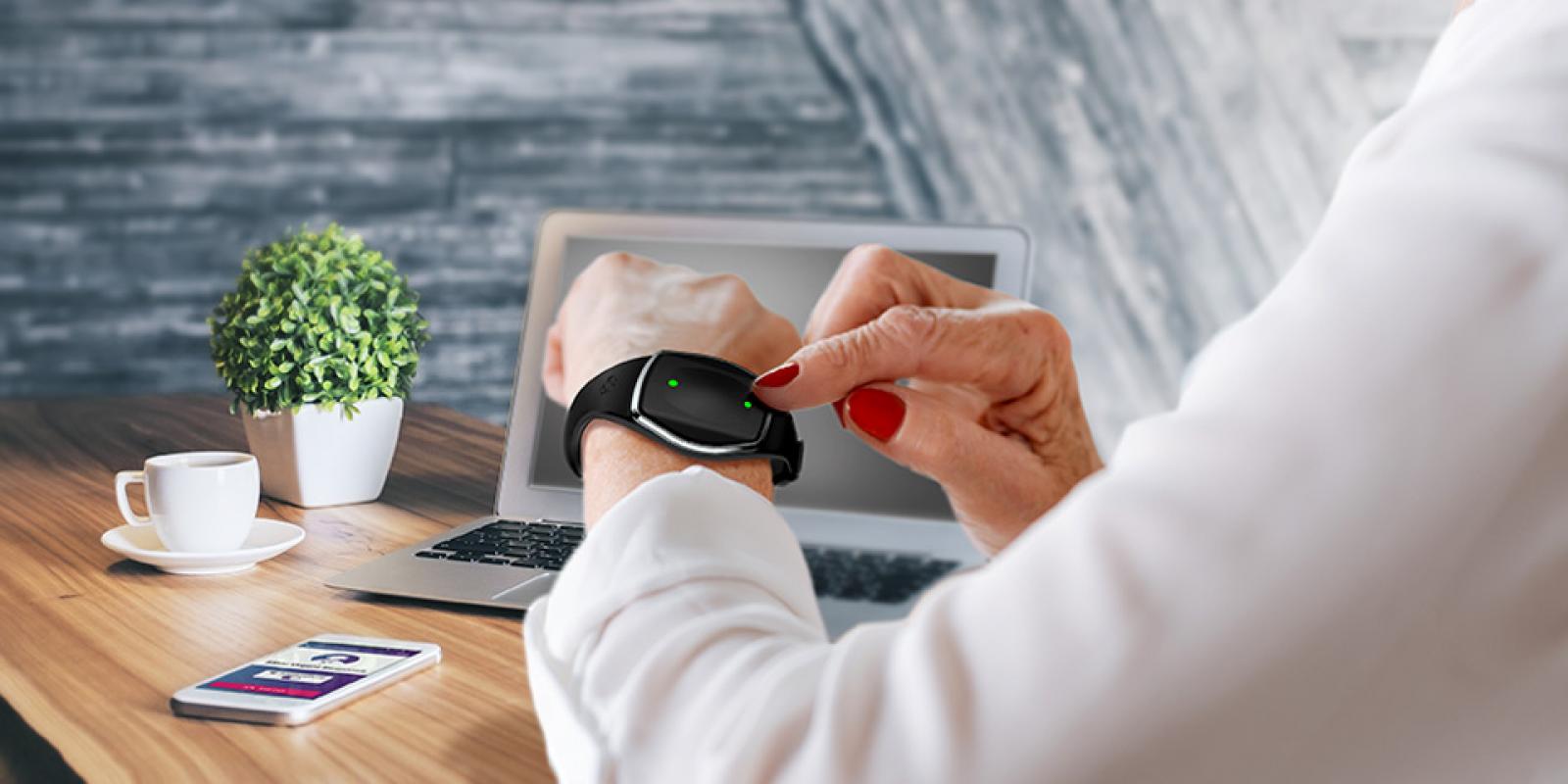As a society we seem to accept that aging adults inherently become more susceptible to falls, which can cause serious injuries with long-term impacts on health and wellness. Recently I spoke on an American Society on Aging webinar about the growing falls crisis with Dr. Joseph Gwin, head of Best Buy Boston Health Technology Center and Ginna Baik, Senior Care Practice Leader, CDW.
What fueled our discussion was a 2019 study published in JAMA noting that from 2000 to 2016, for people older than age 75, the rate of mortality from falls more than doubled. If such rates continue to rise, by 2030 they might reach seven fall deaths per hour.
The global pandemic and stay-at-home orders not only escalate sedentary behavior, but also lead to increased weakness and higher risk of falling, especially among older adults, who are at highest risk for COVID-19 infection. However, despite these statistics, falls are not a normal part of aging, and are largely preventable with the right training and technology. So how to help older adults reduce their chances of falling?
Pre-Empt
Several precautionary steps can be taken to reduce the intrinsic and extrinsic (i.e. environmental) risk of falls. These start with regular healthcare checkups and conversations with healthcare providers. Falls can be caused by medication side effects, poor eyesight or even the wrong footwear. An annual checkup can identify appropriate steps to take to ensure older adults are decreasing risks to their balance and safety.
Altering the home environment also can help older adults avoid falls. Removing furniture or rugs that may cause tripping, for example, gives older adults more open space to move freely and safely. Intuitive smart home technology, like voice-activated or motion-sensor lights, also can help make life easier for older adults, giving added visibility when getting up from bed in the middle of the night.
Small lifestyle changes like better lighting can have a big impact in anticipating-and avoiding-something that may cause a fall. Using evidence-based support programs from organizations like the National Council on Aging’s Falls Prevention Awareness Week, which takes place this month, can help support these changes.
Prevent
In addition to preempting what may cause a fall, older adults can leverage technology to prevent fall risk. Inobtrusive motion-sensor remote patient monitoring systems can be installed in an older adult’s living space, passively collecting data to establish a baseline understanding of an individual’s activity: details on location, motion, balance and gait. This stream of data makes it easier to identify changes in behavior patterns, which may require intervention to prevent a future fall.
Risk assessment, using data collection around an older adult’s everyday behavior also can help to estimate and predict one’s fall risk. Passively monitoring movement enables caregivers to help older adults understand how they’re moving and encourage them to correct any potential risks, such as building strength and balance.
The ability to look at data at any point in time and compare it to the past six months empowers providers, caregivers and older adults to take action against warning signs and prevent falls.
Prepare to React
While preventing a fall from occurring is optimal, it is of equal importance to be prepared to react appropriately if an older adult has fallen. Fall detection technology can notify a response team immediately to send help quickly. It is critical to provide older adults with user-friendly wearables that are smart enough to detect when elders have fallen and automatically connect with a trained agent—whether a button is pushed or not—who can assess the situation and provide needed support.
Preventing falls requires human touch, family and caregiver intervention and the use of technology.
This type of technology is constantly evolving. Emerging technology in this space using non-contact methods such as Wi-Fi signals to detect falls could reshape the fall detection technology landscape. And, the growth of fall prediction as a technology available to consumers as part of regular monitoring is part of that future.
What’s Next
There is no silver bullet to prevent falls. It requires a combination of human touch, family and caregiver intervention and the use of technology. Three things must happen to achieve this and move the industry forward.
First, we must ensure that the technology available to help older adults is built with them in mind and is user-friendly, regardless of their technological savviness. Next, we should aim to bring what has historically taken place in a traditional care setting directly to the consumer, meeting patients and caregivers alike where they prefer to engage. Finally, it is critical that we build on advancements in data analytics and continue embracing emerging technology that can help to keep older adults safe without compromising their independence.As a society, we must stop accepting falls as a natural part of aging. Instead, let’s seek to empower older adults to live safely and comfortably at home by setting them up for success. By reducing the risk of falls—through a combination of risk assessment, intervention and technology-we can help older adults live longer, healthier lives.
David Inns is chief executive officer of GreatCall, a wholly owned subsidiary of Best Buy Health, in San Diego, Calif.













